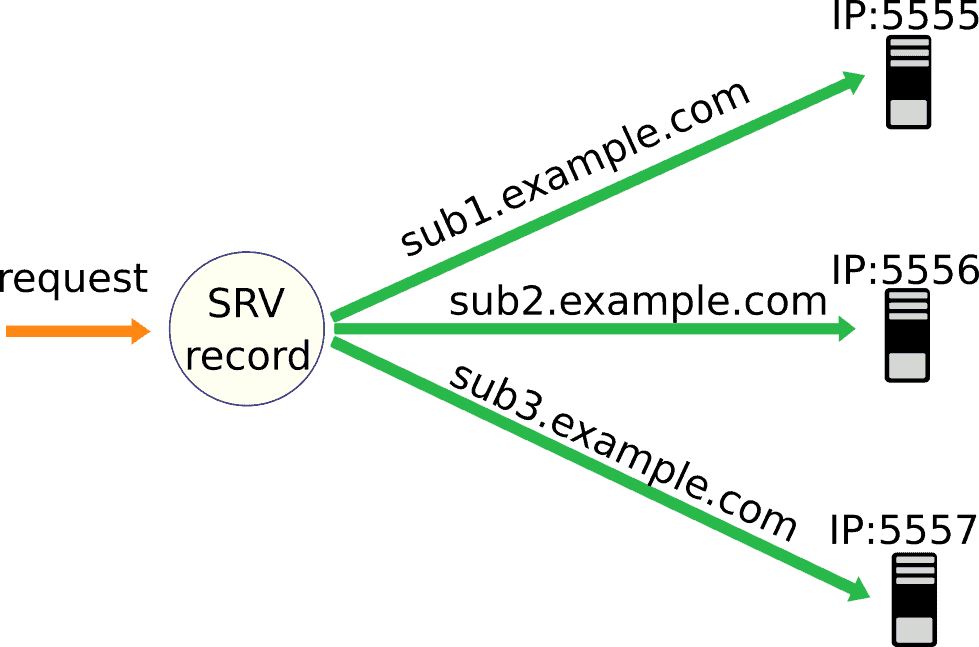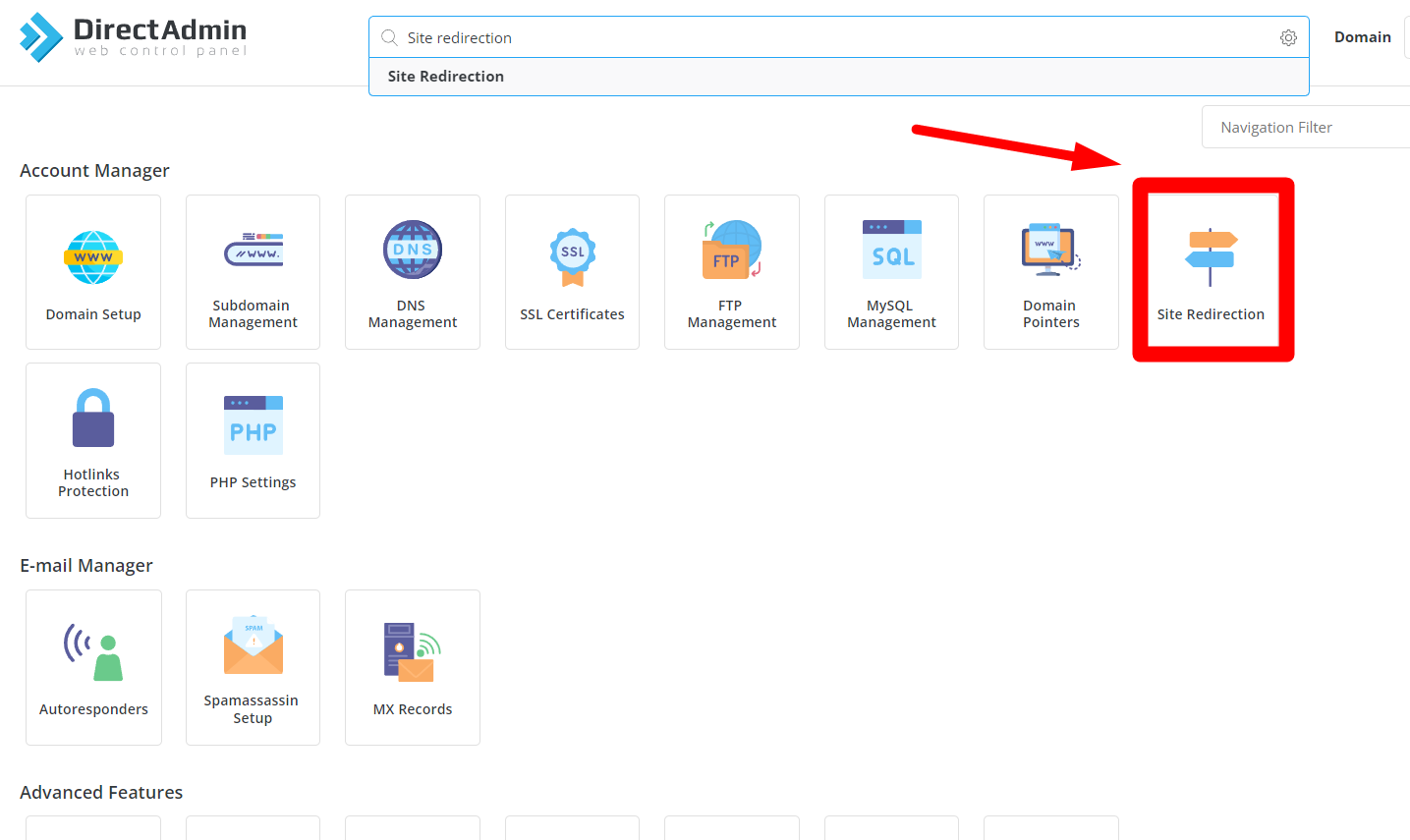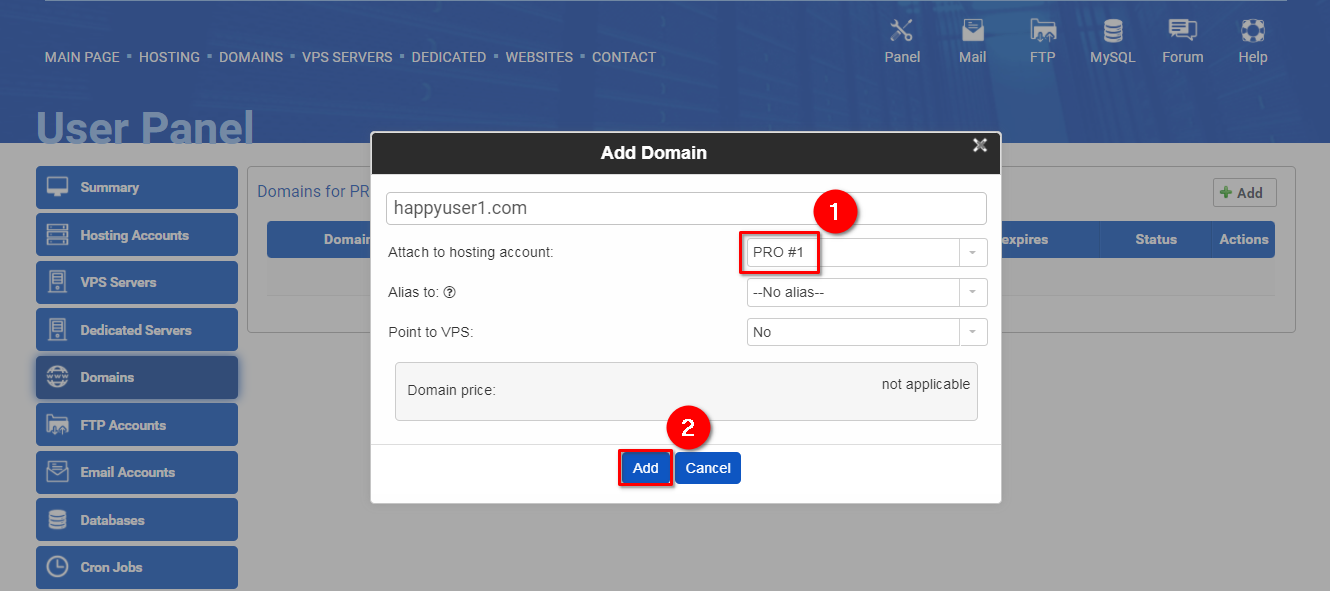Domain Redirect Dns

Understanding Domain Redirect and DNS

When it comes to managing online presence, two crucial aspects that often come into play are domain redirects and DNS (Domain Name System). Both are vital for ensuring that visitors can access your website smoothly and that your online identity is consistent across the web. In this post, we will delve into the world of domain redirects and DNS, exploring how they work, their importance, and how to manage them effectively.
What is Domain Redirect?

A domain redirect is a technique used to forward users from one domain to another. This can be useful in various scenarios, such as when you want to change your website’s domain name, migrate to a new hosting provider, or simply to redirect traffic from an old domain to a new one. There are several types of redirects, including 301 permanent redirects and 302 temporary redirects, each serving different purposes depending on your needs.
How Does Domain Redirect Work?

The process of setting up a domain redirect involves a few key steps: - Setup: You configure the redirect on your server or through your domain registrar’s control panel. - Request: A user types the original domain name into their browser or clicks on a link pointing to the original domain. - Redirect: The server responds with a redirect status code, instructing the browser to go to the new domain. - Resolution: The browser then requests the new domain, and the user is seamlessly taken to the new website.
Understanding DNS

The Domain Name System (DNS) is like the phonebook of the internet. It translates human-readable domain names into the numerical IP addresses that computers use to communicate with each other. When you type a URL into your browser, a DNS query is sent to a DNS server to find the IP address associated with the domain name. This process happens behind the scenes and is crucial for accessing websites.
How Does DNS Work?

The DNS lookup process involves several steps: - Query: You enter a URL into your browser. - Resolver: Your device sends a query to a DNS resolver, which is usually provided by your operating system or internet service provider. - Root Server: The resolver queries a root DNS server to find the top-level domain (TLD) server responsible for the domain. - TLD Server: The TLD server is queried to find the name server for the specific domain. - Name Server: The name server for the domain is queried to find the IP address associated with the domain name. - Resolution: The IP address is returned to the resolver, which then provides it to your browser, allowing you to access the website.
Importance of DNS and Domain Redirects

Both DNS and domain redirects are essential for maintaining a professional online presence and ensuring that your website is accessible. Proper DNS configuration prevents downtime and ensures that your website can be reached by anyone, anywhere. Effective use of domain redirects helps in managing changes to your website’s domain, enhancing user experience, and preserving search engine rankings.
Managing DNS and Domain Redirects

Managing DNS and domain redirects can be straightforward with the right tools and knowledge. Here are some key points to consider: - Choose a Reliable DNS Service: Ensure your DNS service is reliable and offers features such as DNSSEC for security. - Use Domain Redirects Wisely: Only use redirects when necessary, and always test them to ensure they work as expected. - Monitor Your Website: Keep an eye on your website’s performance and DNS resolution to catch any issues early.
📝 Note: Always back up your DNS settings and website data before making significant changes to avoid any potential loss of information.
Common Challenges and Solutions

Several challenges can arise when dealing with DNS and domain redirects, such as downtime due to misconfigured DNS settings or issues with redirect loops. Solutions include: - Regularly Reviewing DNS Settings: To catch and fix any configuration errors. - Testing Redirects: Before making them live to ensure they work correctly. - Seeking Professional Help: If you’re not familiar with managing DNS or domain redirects.
| Challenge | Solution |
|---|---|
| Downtime due to DNS issues | Regularly review DNS settings, use a reliable DNS service |
| Redirect loops | Test redirects thoroughly before making them live |
| Lack of expertise | Seek professional help for managing DNS and domain redirects |

In summary, understanding and effectively managing DNS and domain redirects are critical for any online presence. By grasping how these systems work and applying best practices, you can ensure your website remains accessible, professional, and user-friendly.
To wrap up, it’s clear that DNS and domain redirects play pivotal roles in the online ecosystem. Whether you’re a seasoned web developer or just starting to build your online presence, mastering these aspects can significantly enhance your website’s performance and user experience. Always keep in mind the importance of reliability, security, and professionalism when managing your online identity.
What is the purpose of DNS?

+
The primary purpose of DNS is to translate human-readable domain names into numerical IP addresses that computers use to communicate with each other, making it easier for users to access websites.
Why are domain redirects important?

+
Domain redirects are crucial for maintaining a consistent online presence, preserving search engine rankings, and ensuring a smooth user experience when changes are made to a website’s domain name.
How can I manage my DNS settings?

+
You can manage your DNS settings through your domain registrar’s control panel or by using a third-party DNS service. It’s essential to choose a reliable service and regularly review your settings to prevent any issues.



